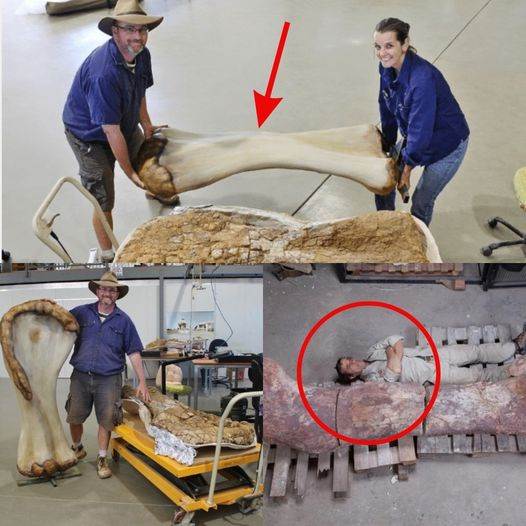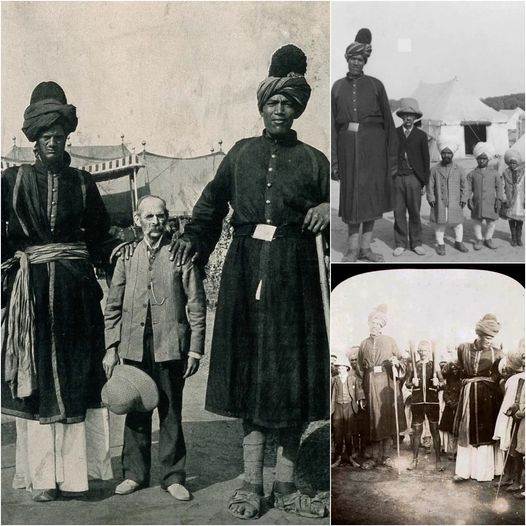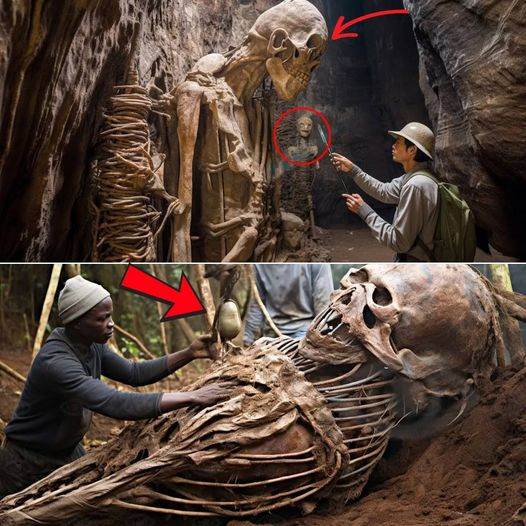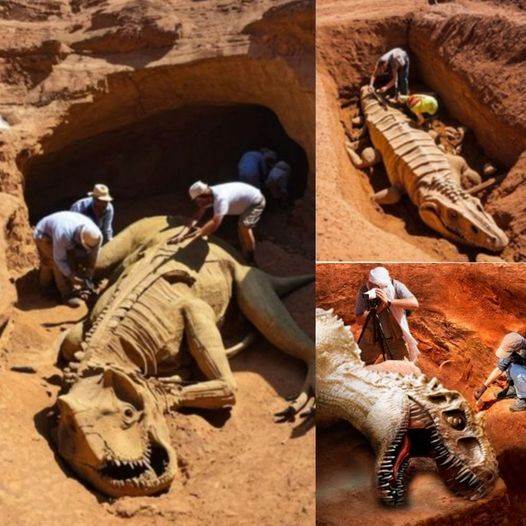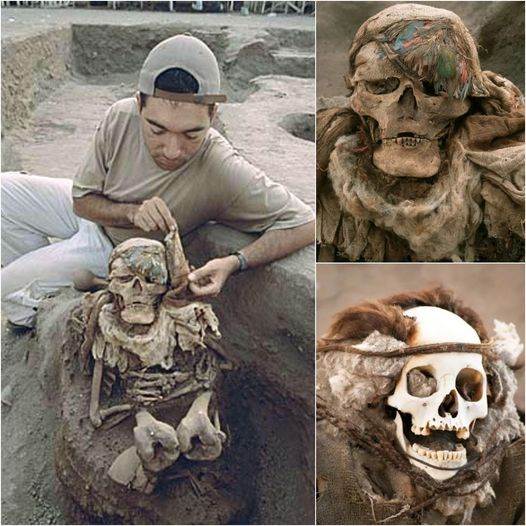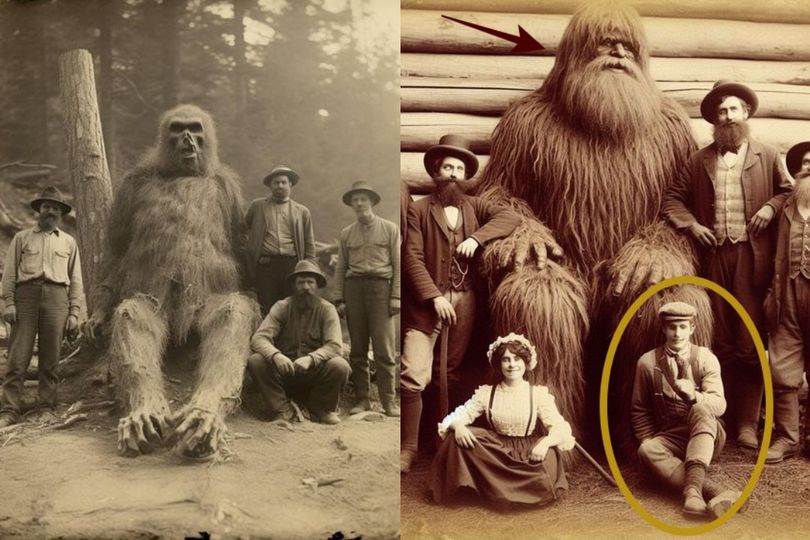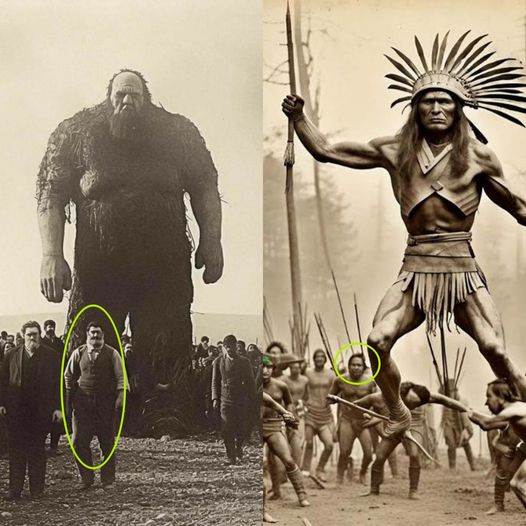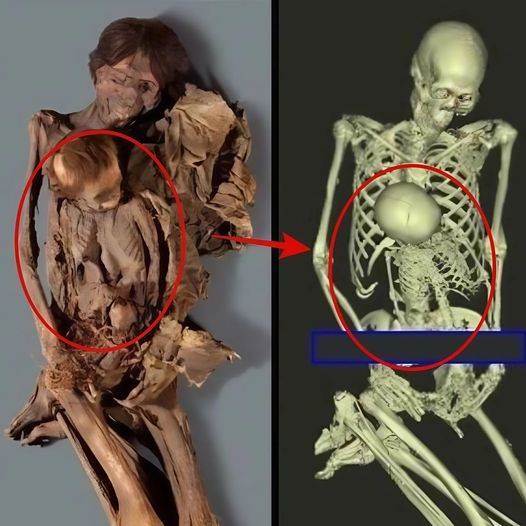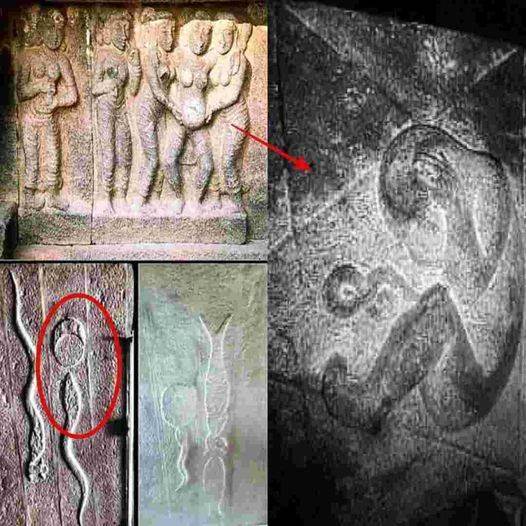
In the annals of history, there are often surprising revelations that cause even the most steeled historian to fall back in shock. Quite often, these revelations cause us to re-evaluate our understanding of history and humanity itself. One such startling revelation has recently sent shockwaves through the historical community— the discovery of mutant spiders from the 15th century.
Our tale begins in a small, nondescript village nestled in the heart of Italy. A group of modern archaeologists, as they sifted through the dust and relics of a forgotten time, stumbled upon a sealed vial simply marked 'pestis araneae.
' In this small glass prison, they found spiders preserved in a perfect state, untouched by the damaging effects of time. However, they certainly did not appear like any known species from the Modern Age.
The spiders, a daunting red in hue and armed with reversed-jointed legs that were unearthly long, bore menacingly oversized pedipalps. Their bodies, enshrouded in eerie glowing patterns as if coded with the secrets of a bygone era, looked straight out of a horror film.
Upon analysis, the discovery was indeed marked as a species of spiders unknown to modern science. Furthermore, the genetic anomalies found within their coal-black orbs of DNA could only mean one thing.
These were not just spiders; they were mutant spiders.
But there was more. With the spiders came a parchment, yellowed and frayed by the brutal hands of time. Yet miraculously, the words— beautifully penned in elegant calligraphy— were still legible. It narrated a chilling account of a dreaded outbreak which the village had endured in the 15th Century. A plague, it seemed, unlike any other that had swept the land, unleashed by these very mutant spiders.
Enthralling yet surreal, the document spoke of the villagers' dire struggle against the arachnids. The spiders, each one gleaming an ominous red, bore eight legs extending from their bodies like the tendrils of a malevolent force.
Unseen during the day, they would come out at night, glowing like twisted lanterns under the moonlight. Their venomous sting resulted in grotesque mutations among the local populace, thus earning their chilling epithet, the 'mutant spiders.'
Their tale ended on a hopeful note, with the villagers managing to trap the monstrous spiders in the vial and sealing it off, preserving the horrors of their experience for generations to come.
This historical revelation raises more questions than it answers. How did 15th-century villagers come into contact with these spiders? Was it an act of nature or a twisted experiment? And more importantly, could there be more specimens lurking in the hidden corners of the world? Could the sands of time reveal more such horrors?
For the historians and scientists now studying this spine-tingling finding, these are exhilarating yet alarming times. Deftly walking the fine line between unearthing knowledge and not rekindling an ancient horror, these mutant spiders from the 15th Century have shocked historians in ways they couldn’t have fathomed.
This discovery, albeit shocking, is a testament to the histories untold and the secrets that lie buried within our past. They are not merely silent voices lost to the ages; they are humbling reminders of the unfathomable depth and abundant mystery of our world's history. Time, indeed, has stories hidden in its womb, waiting to be discovered, and each discovery is like a ride on a roller coaster of awe and terror, especially when we stumble upon mutant spiders from the 15th Century!

